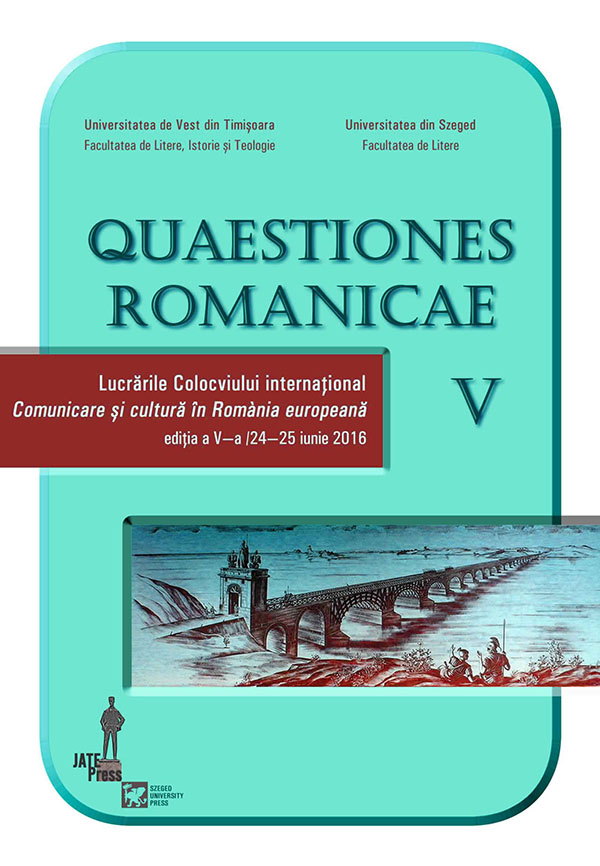Don Quijote y el teatro dentro de la novela
Abstract: (Don Quixote and the theater inside the novel) In Don Quixote we can found a good number of episodes that have a high degree of theatricality, especially in the second part of the novel, for example Clavileño's flight, the parade in which appears the wizard Merlin or the entrance of the Countess Trifaldi. In these scenes, other characters interact with Sancho and Don Quixote and participate in the world of simultaneous fictions that coexist in the novel. In the majority of the scenes, we are in front of some kind of farces created by characters that want to laugh and, somehow, to take part in the world of the two protagonists. However, it is important to notice that we find these dramatical elements in a novel, in a narrative text that does not have the proper visual support of a true representation of theater. In these cases, visual effects have to be created only by words, and the same happens with the sounds of the trumpets or the colors of the sets. Cervantes, as he tells us in the Persiles, is conscious of the power that verbal elements have to create images. “History, poetry and painting symbolize between each other, and are so alike in appearance, that when you write history, you paint, and when you paint, you compose.” (III, XIV). The aim of this paper is to review and study these elements, to reflect on the importance of the theater in the Spanish Golde Age and its influence in Cervantes' narrative.
Keywords: Cervantes, Quixote, Spanish Golden Age, theater, novel.
Resumen: En el Quijote encontramos un buen número de episodios que presentan un alto grado de teatralización, especialmente en la segunda parte de la novela, por ejemplo el vuelo de Clavileño, la cabalgata de Merlín o la entrada de la dueña Trifaldi. Se trata de escenas en las que los dos protagonistas interactúan con otros personajes que, de manera u otra, participan o se dejan envolver en diferentes ficciones para sumarse al mundo de don Quijote y Sancho. Estos lances teatrales aparecen, sin embargo, en un mundo narrativo que no cuenta con el apoyo visual propio de una verdadera representación dramática. En este caso es la palabra la que tiene que anunciar las entradas y salidas, hacer sonar los clarines o pintar los decorados. Cervantes, según nos dice en el Persiles, es consciente de esta capacidad de lo verbal para construir imágenes: “La historia, la poesía y la pintura simbolizan entre sí y se parecen tanto que, cuando escribes historia, pintas y, cuando pintas, compones.” (III, cap. XIV). La comunicación se propone repasar estos episodios y estudiar su construcción para reflexionar sobre la importancia que el pujante mundo dramático del Siglo de Oro tuvo en la narrativa cervantina.
Palabras clave: Cervantes, Quijote, Siglo de Oro, teatro, novela.
